These are just some crappy office supplies, 2 eur each, with holes drilled through their bottoms with a sheet metal drill bit in an electric screwdriver. I am looking at buying clay and firing it myself, or casting geopolymer lye/clay/cat litter crystals, containers are not just expensive, there is no place that sells them locally. I might become local bonsai evangelist if I step over my imposter syndrome (well, I am one, I suppose) and get non-negative balance on my bank account to start something.
alzymologist
Tiger does not look so tiny though
There might have been some context where he stated that? I haven't seen this in his works, not that I'm sure I've seen all of them.
Another way that prevents bottles from exploding is corking with wine corks slightly slices across to hold a thick thread that wraps around the neck to hold the cork against pressure. It's quite weak seal that should pop before the glass.
My friend once had some bottles of sparkling hard cider bottled like that (naturally explosive), left for a trip in winter (Texas), temperature went below freezing, so his landlord (old redneck lady with confederate flags and deer skulls on her house) went into his place and turned on gas stove. Sure she forgot to turn it off when weather normalized to regular +10C, so when he came back, it was hot sauna with apple flavor, but no broken glass at least!
Actually, I remember how I started: I've got a kit and waited for a while with it. Then dumped all of it and just bought fullgrain ingredients, no regrets at all. Starting with a kit seems like harder path with less sure result from my current experience. Maybe it's a way you should consider too?
On top of what other said, there is a trick to plum: they usually ferment quite nicely (I recommend Lalvin RC212 yeast) but the trick is to bottle condition them for 5 years minimum. It is absolutely worth it.
Don't go for lambics though, they are tricky and until you understand exactly why, I don't recommend it. They are totally not newbie stuff. But aim for plum christmas ale, that's very easy and just in time to try!
Refractometers start to be really off once you have fruit juice and ongoing fermentation. I use mine only to see if reading is changing over time, absolute value is easily off by 20-30 g/L
Nice setup!
My neighbour just got too large grapes crop this year and I took some (about a month ago). Juiced them (never tried this before), the juice was 1040, bumped it with honey to 1120 or so, pitched mead yeast, thus now I'm running a similar experiment!
Yeah, I actually worked with a guy who thought it's all a bunch of noncense, and made really harsh jokes about typesafety and ownership rules and such, yet delivered decent Rust code!
Didn't know it has any effect now! Thank you!
As for content, I guess our knowledge groups strayed too far apart, which is totally fine. I still would think that if people posting these links added a few words of their own that would be awesome.
What is reader mode and how do I turn it on for these websites? I got so many invites into some scammy mmorpg websites and dating apps like I haven't seen in last month.

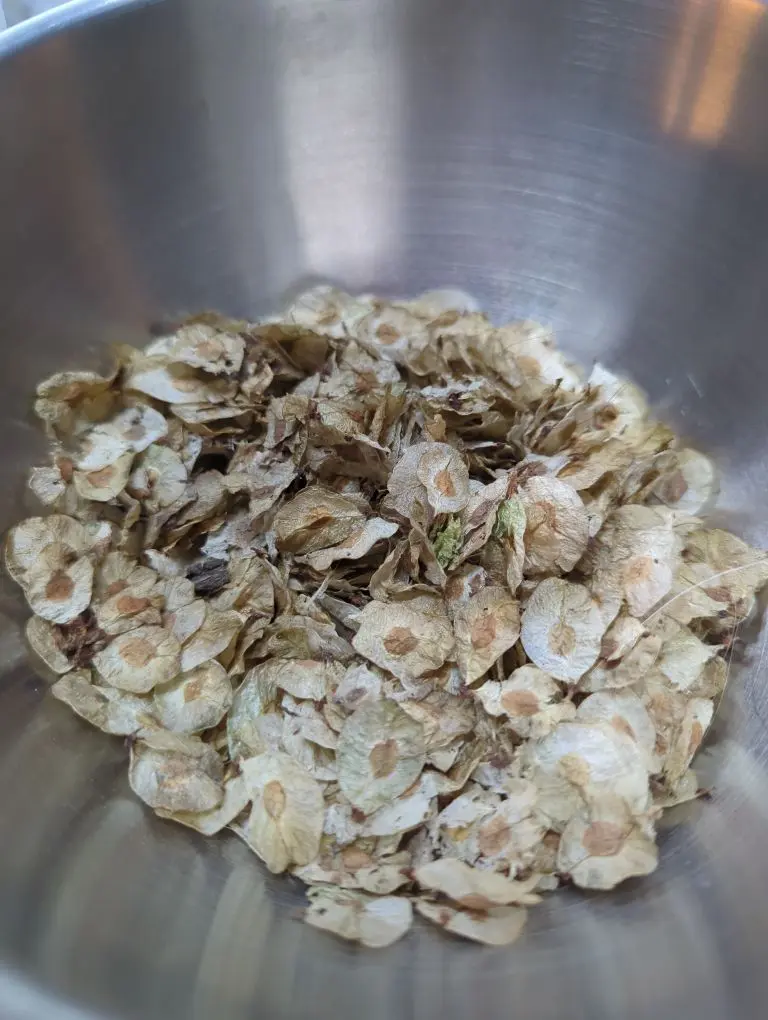
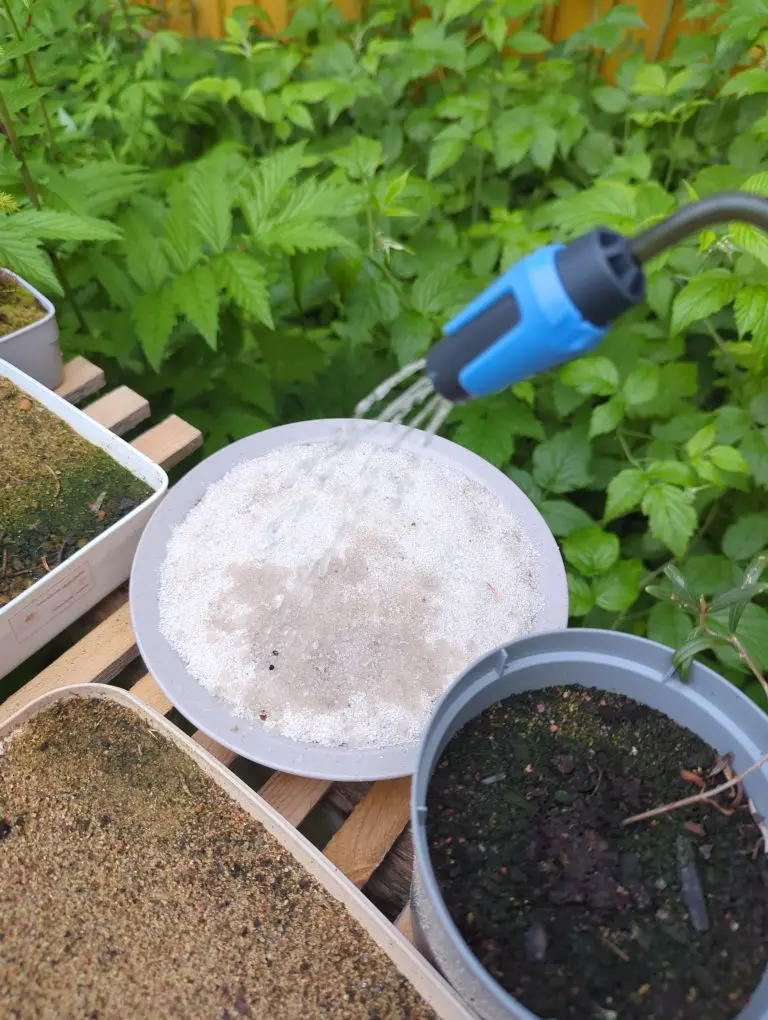
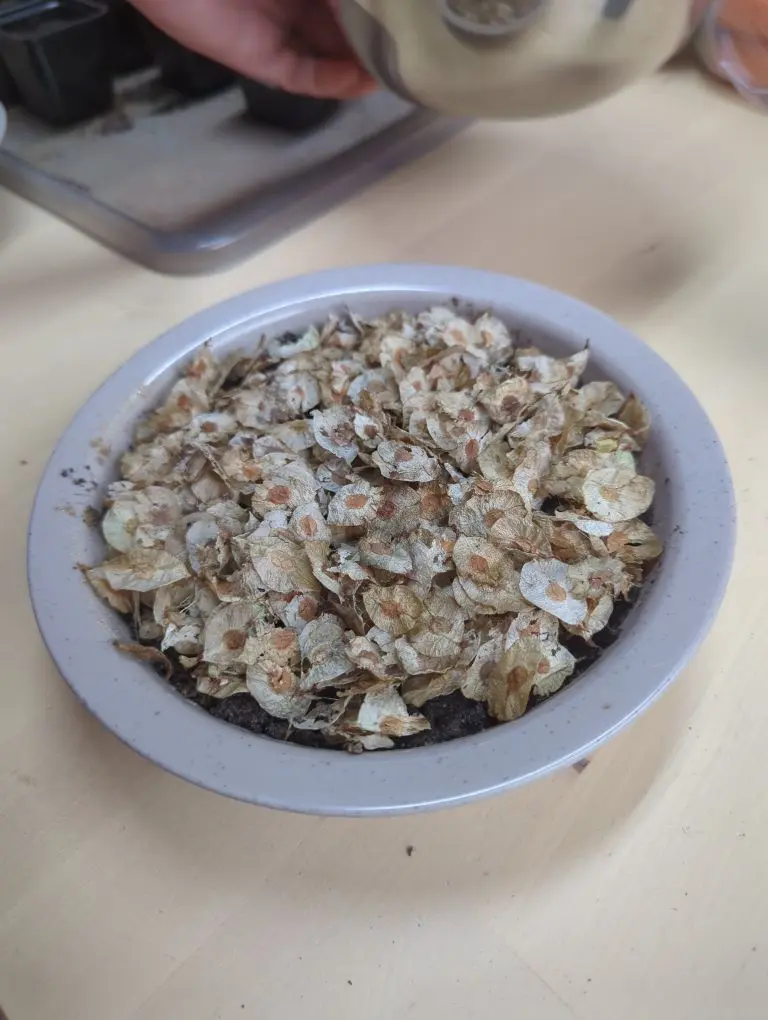
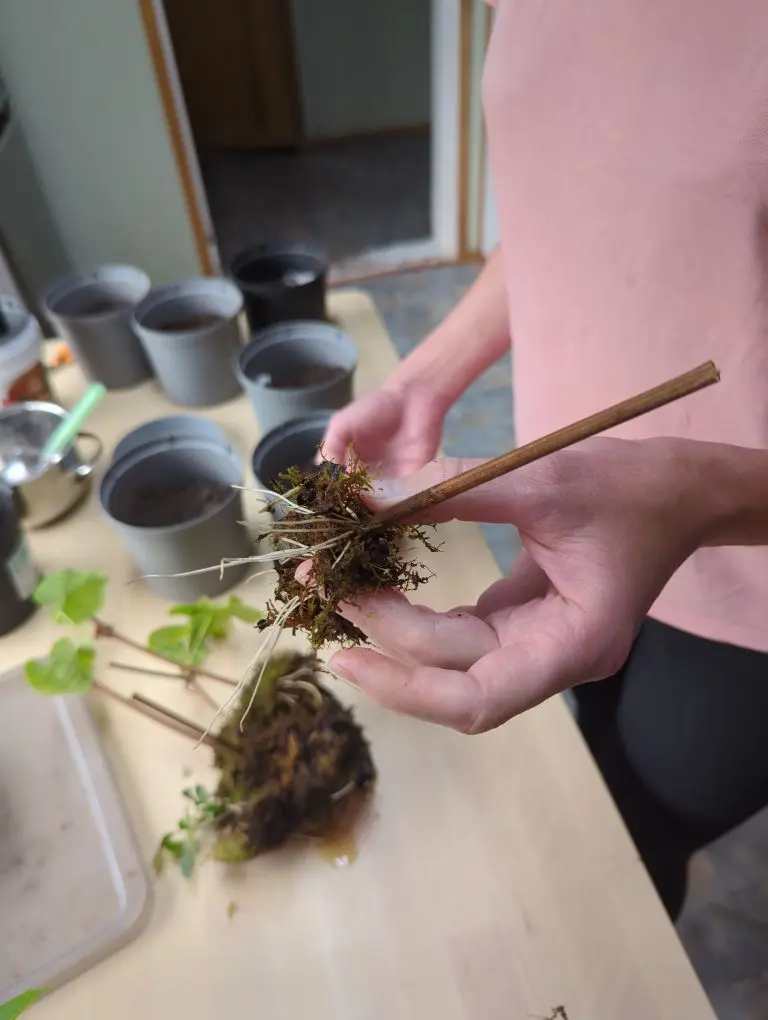
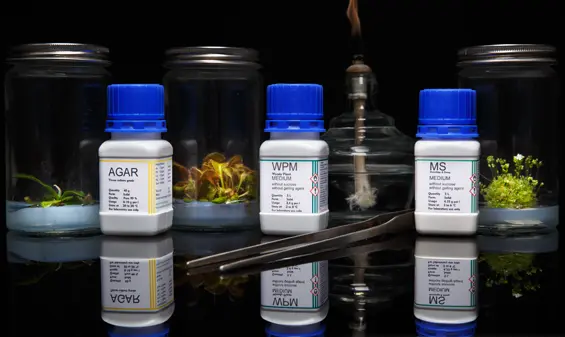

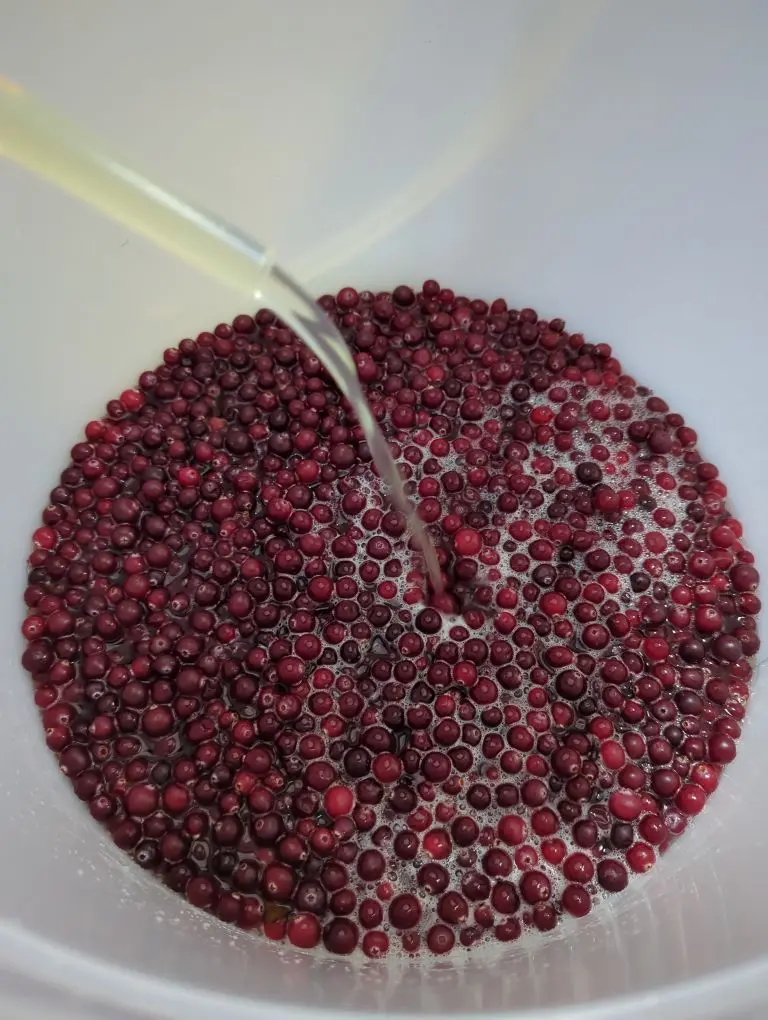
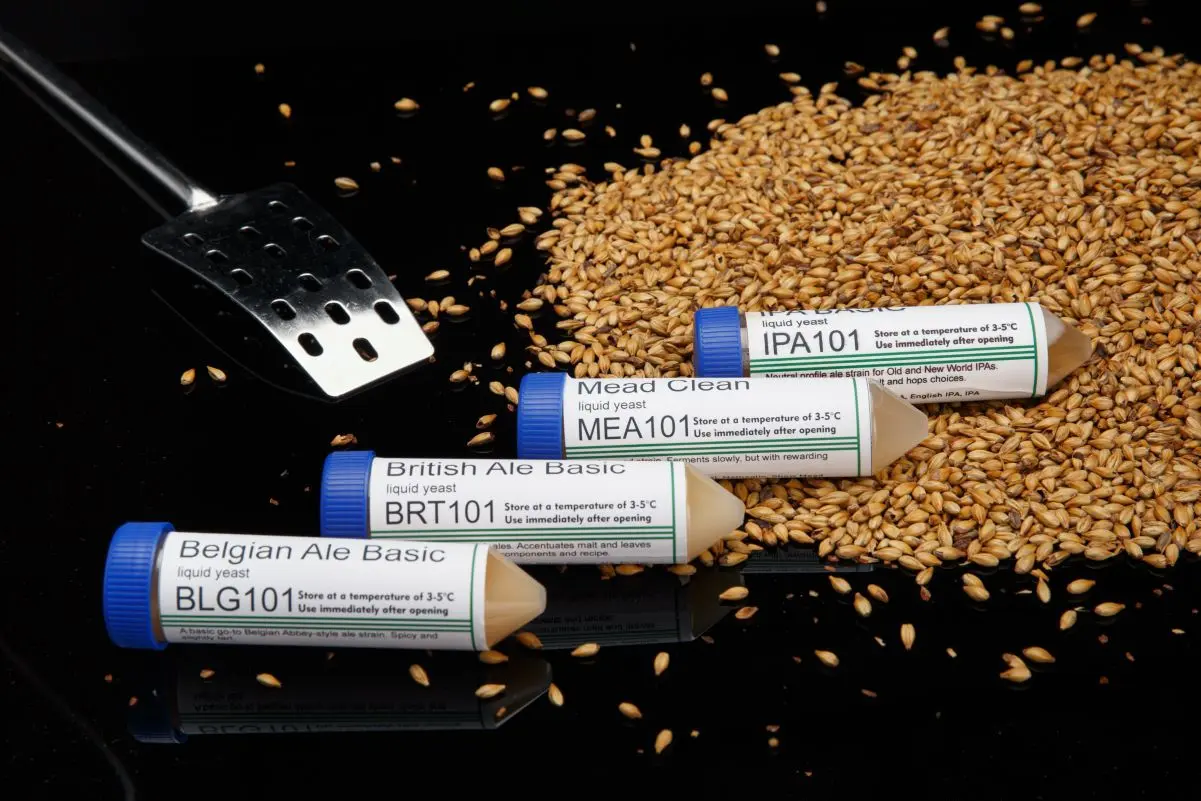
If you have a brewer supply locally, totally just invade them. The job is usually quite boring, they LOVE initiating neophytes.